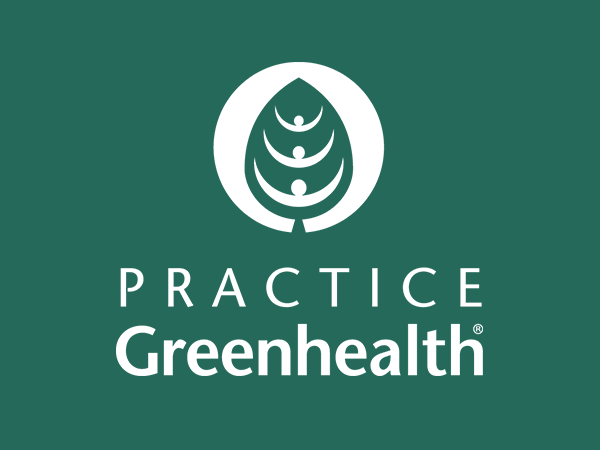Tools and resources
Featured Tools & Resources
Hudson Hospital & Clinic Hudson, Wisconsin: Recycling
- Waste
- Solid waste
- Recycling
- Case Study

How-to guide: Recycling step-by-step
- Waste
- Solid waste
- Recycling
- Guide
Partners HealthCare: Filtered water
- Less Waste
- Waste
- Solid waste
- Water
- Tap water access

Partners HealthCare and Roxbury Technology: Toner and ink recycling case study
- Case Study
- Waste
- Solid waste

Vidant Health: Waste reduction case study
- Waste
- Solid waste
- Case Study

How to divert construction and demolition debris
- Less Waste
- Waste
- Construction and demolition debris
- Guide
How to reduce regulated medical waste
- Guide
- Waste
- Regulated medical waste
- Toolkit
Defining waste and material streams
- Guide
- Waste
Less waste how-to guide
- Waste
- Medical Waste
- Regulated medical waste
- Hazardous and universal waste
- Construction and demolition debris
- Solid waste
- food waste
- Pharmaceutical Waste
- Reuse, donate, or sell
- Composting
- Recycling
- Toolkit
EPA Hazardous Waste page
- Waste

Join Practice Greenhealth
Practice Greenhealth is the health care sector’s go-to source for information, tools, data, resources, and expert technical support on sustainability initiatives that help hospitals and health systems meet their health, financial, and community goals.
